
Scene Deconstruction with Birgit “Bebe” Dierken
In this deconstruction, London-based cinematographer Birgit “Bebe” Dierken takes us behind the scenes of the Paramount+ TV series Sexy Beast. Bebe had previously worked on features including V for Vendetta and World War Z before serving as a cinematographer on prestige TV projects such as Bridgerton and Sexy Beast. This series is the origin story of Gal and Don, who feature in the Jonathan Glazier film of the same name released in 2000. The series takes us back to London in the 1990s and tells the story of thieves and best friends Gal Dove (James McArdle) and Don Logan (Emun Elliot). When Gal starts a romantic relationship with adult movie star DeeDee Harrison (Sarah Greene), things become even more complicated.
Scene Deconstruction: Key Insights
- Using lighting fixtures that can be controlled from a tablet or phone makes it quick and easy to fine-tune the lighting, especially for scenes where the camera may be moved to many different positions.
- Different color palettes can be used to separate different times within the story line, or different characters and locations.
- Dioptres, which are additional, add-on lenses, can be used to improve the close focusing capabilities of a lens and split dioptres can be used to bring two different distances into focus at the same time.
- The Sony VENICE extension system allows the camera sensor unit to be separated from the camera’s main body. The lightweight and compact nature of the sensor unit allows it to be used handheld for very mobile, creative shots.
Introduction
The producers kept the look of the series distinctly different from the original film.
“We talked about not trying to compete with the original, and finding our own voice,” Bebe explains. “It should be brutal, it should be beautiful, and show the lives of Gal and Don before they meet again in Spain many years later.”
In order to achieve a unique look for the series, Bebe chose to use different color palettes for each character or location. For the scenes featuring Gal’s parents in the 1960s, there is a distinct period color palette with a lot of browns and beige.
Then, when you see Marie, there is a more vibrant night club palate with strong blues and black light effects.


For bar owner and gangster Teddy Bass (Ian McShane), there is a lot of red, which stands for danger, blood, aggression and love. Bebe combined the Sony VENICE camera with Atlas Orion Anamorphic lenses, the imperfections in the lenses helping to generate a film-like look.
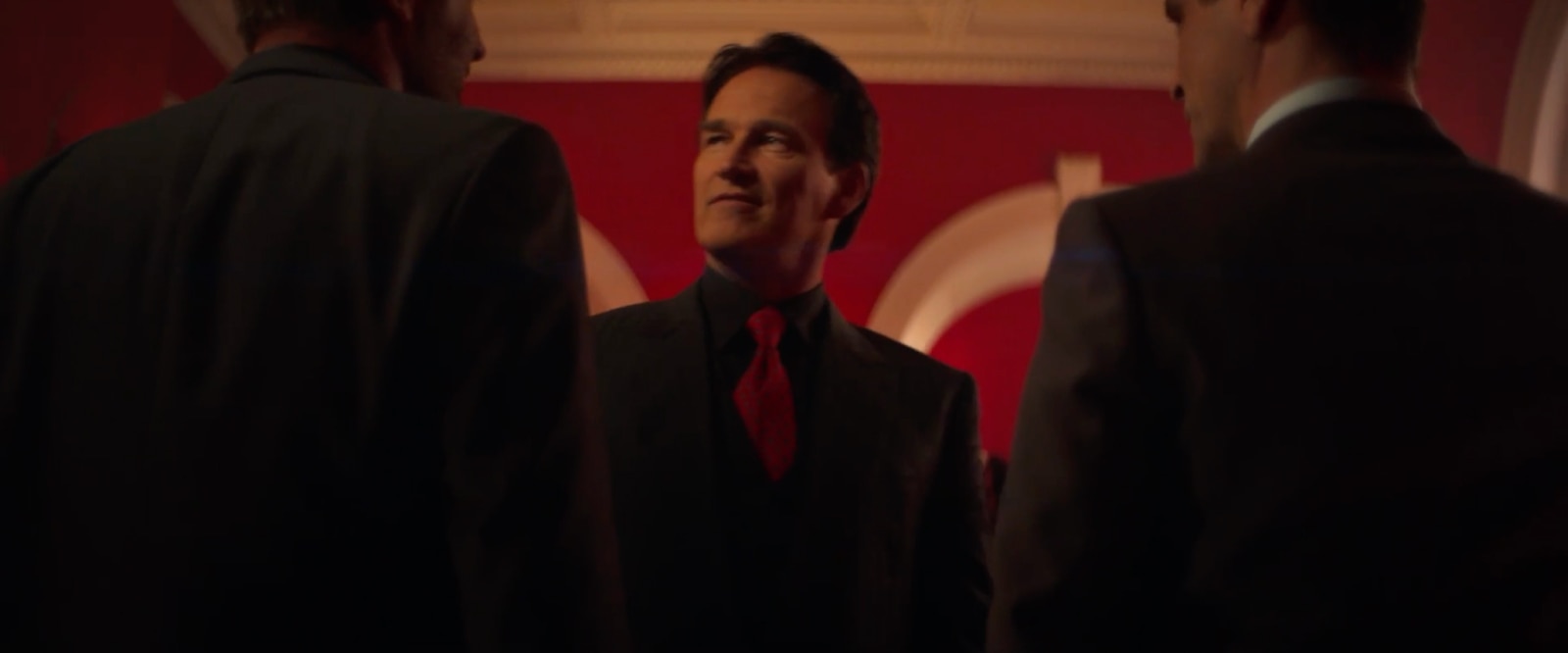
The Arcade Scene
In this scene, Gal and Don are on their first job together, so this is the first time we see what they are capable of and their brutality. To get the camera into the action, Bebe used the VENICE Extension system that allows the camera’s sensor block to be separated from the main body of the camera. This creates a small and compact unit that the camera operator can hold in front of their chest, allowing it to be moved left and right, up and down, with more freedom to do a greater range of shots than a more traditional shoulder camera.
For this very dynamic scene, rather than planning and rehearsing every camera move in great detail, Bebe chose to take a more freehand approach with the camera following the action as it played out. When the action slows, the camera movement slows and the camera is kept more steady. As the action ramps up, so too does the camera movement. The motion of the camera matched the intensity of the action in front of it.

The scene starts in a dark hallway, and this was dimly lit with dome-shaped practical fixtures on the walls. As the actors move down the corridor, the lights create a back-lit effect with the actors in silhouette until they pass the next light and they become side-lit, this changing lighting adding to the drama.
The action then moves into a larger room, the fill light for this room coming from the top along with several practical fixtures fitted with remotely controlled LED lights. The lights were all connected to a tablet and a dimmer console so they could be remotely controlled. The scene was pre-lit before the camera arrived on set. Then, when the cameras arrived, the dimmer board operator allowed Bebe to quickly tune the levels and colors of the lights.
For the parts of the scene that take place in an game arcade, Bebe wanted a dark and dingy feel. Overall, there isn’t a lot of light, and what little light there is comes from the arcade machines themselves. To enhance this, one of the production’s electricians spent several weeks installing additional LEDs inside the machines to supplement and re-enforce the original lights.
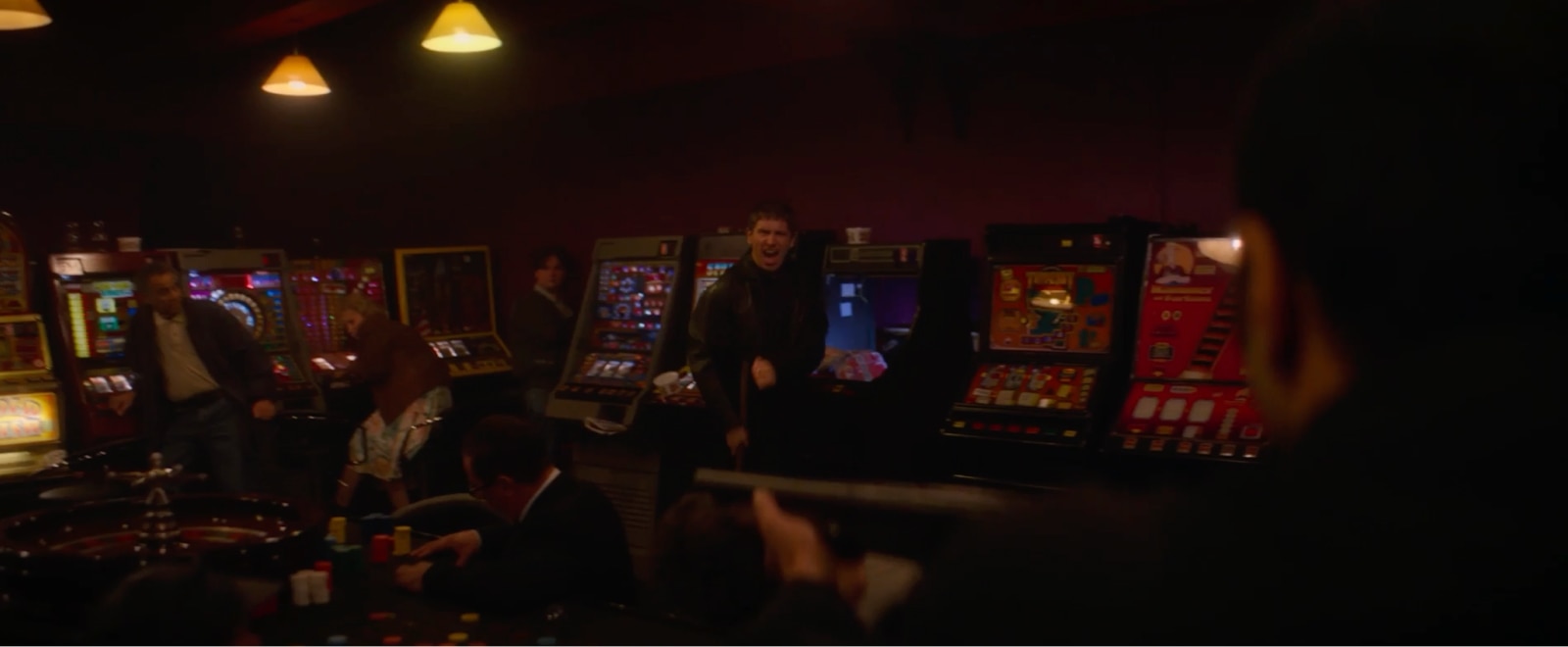
Teddy’s Party Scene
In this scene, Don and Gal are going to a party to see gangland boss Teddy and hang out with all the cool people. The scene needed to be over the top and little bit vulgar. One of the rooms was painted bright red. Then, for the rest of the rooms, thin red plastic sheeting was hung from a scaffolding frame and a lot of it lit from behind. A lot of the scene is motivated by the location and set; in the main room, there is a red sofa symmetrically framed on each side by red table lamps and red curtains. The table lamps were the main source of light for Gal and Don.
Teddy was lit with an S30 panel light fitted with a Chimera and egg crate to give a dramatic contrasty ¾ look with one side of his face lit but the other in shadows.
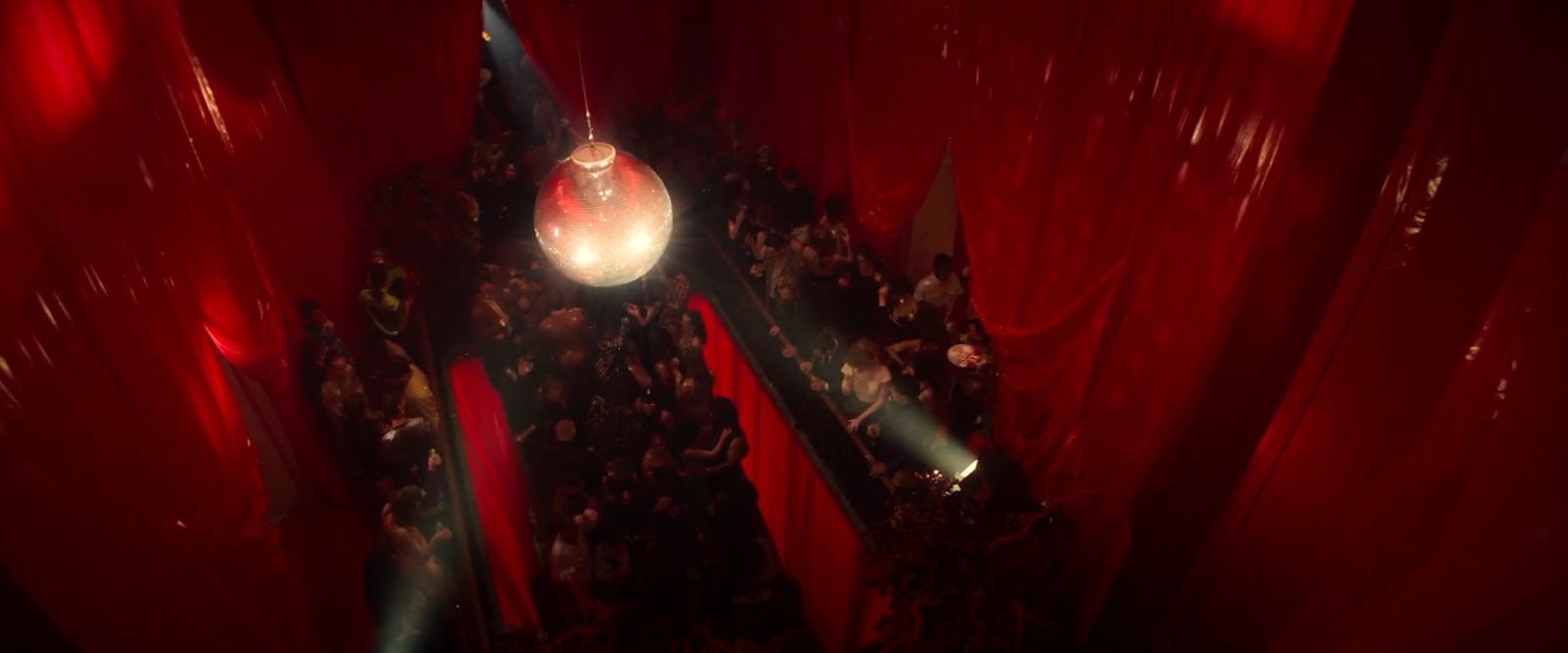
Bebe knew that using so much strong red would be challenging – “You don’t want this to look like tomato gate where everyone has a super red face” – so some fill-in neutral light was added, including spotlights and a large glitter ball. But the overall look remained red, and the characters’ faces were allowed to be red, but not excessively so.
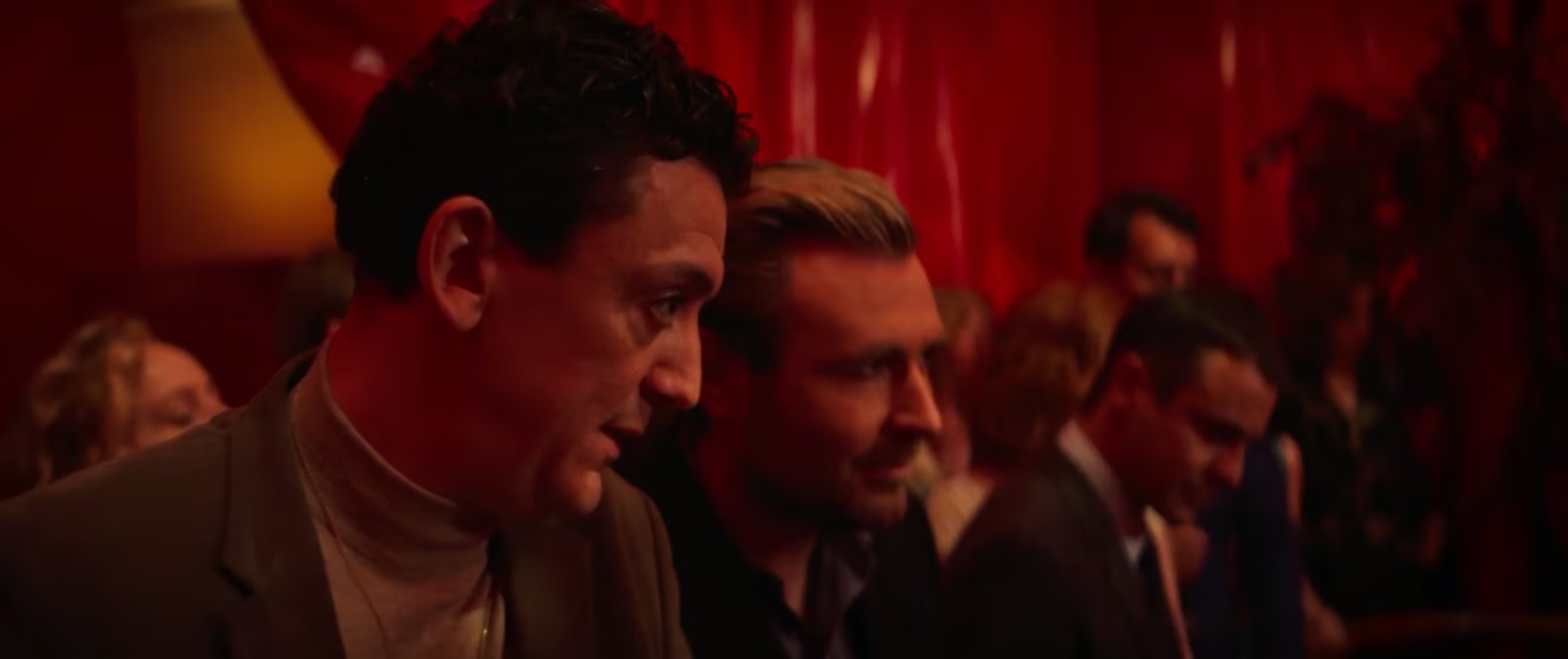
There is a softness this camera has. I don’t know why. I’m not technically advanced enough to understand why, but there is something about the greens of the camera that I really like... I think it’s very good with skin colors; there is very little you have to correct.
Birgit “Bebe” Dierken
There is a shot where we see DeeDee and Gal sitting on the sofa with a party going on in the background. For this shot, Bebe added a full Diopter to the Atlas anamorphic lens to allow for closer focusing. With this, the camera could be nearer to the characters and the background thrown greatly out of focus – thanks to the shallow depth of field that can be obtained when using the VENICE full-frame sensor. This approach enhanced the sense of separation between them and the rest of the party.
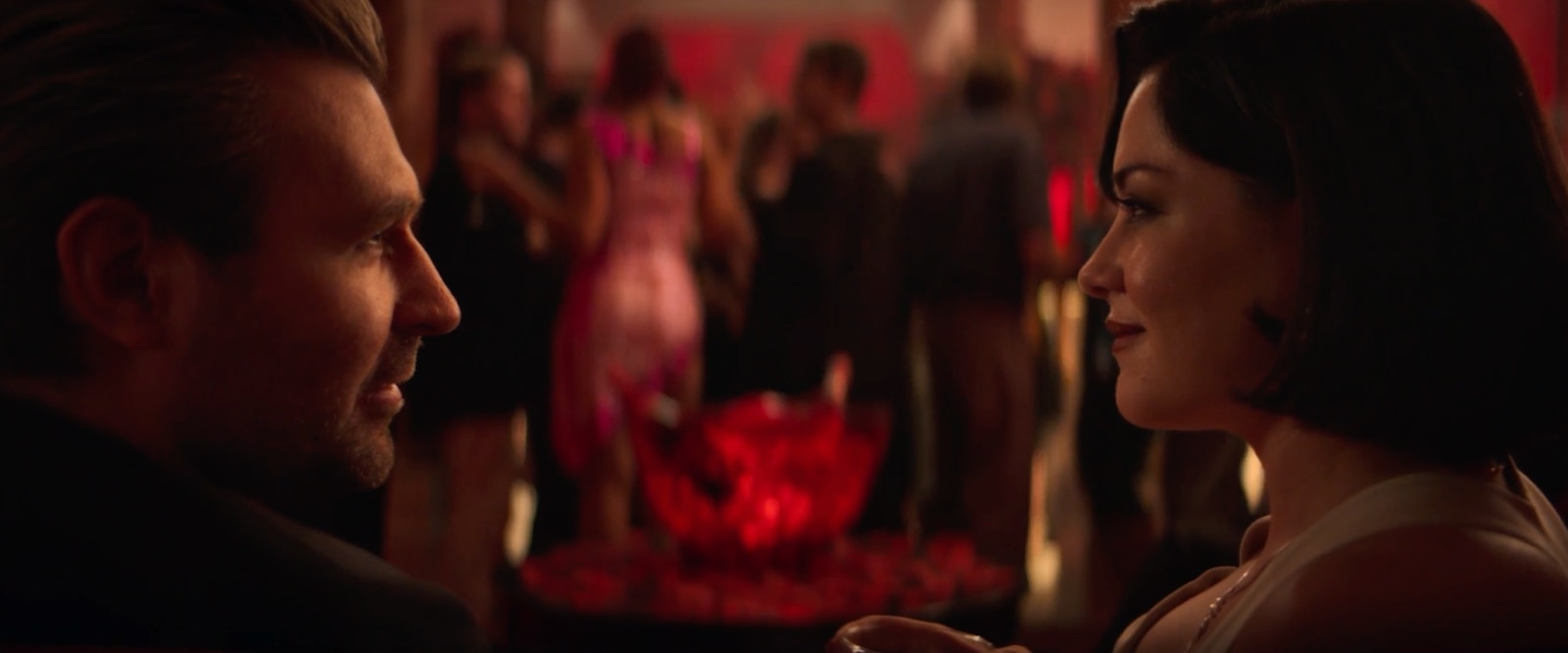
Bebe is a big fan of Diopters. There is a scene in the red bar when a guy wearing a motorcycle helmet comes in and points a gun at Teddy Bass. In the over-the-shoulder shot from just behind the motorcyclist, both his helmet and the more distant Teddy are in focus, while everything else in the shot is out of focus. To achieve this effect, Bebe used a split Diopter to modify the focus distance on one side of the shot.
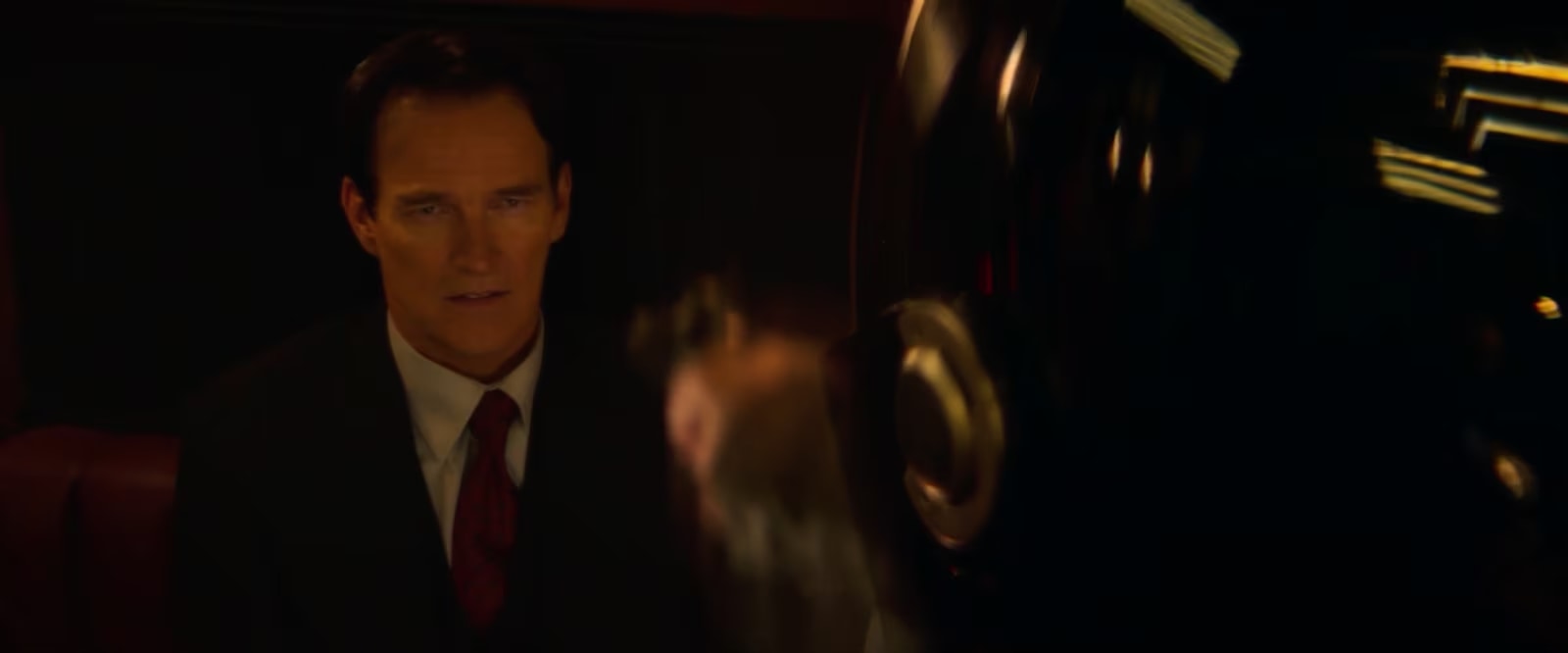
Waiting for DeeDee Scene
It’s night and Gal is standing outside DeeDee’s house waiting for her to come home. For the shot of DeeDee as she walks towards the house, the camera was mounted on a Steadicam to provide a smooth tracking shot.
But for the close-up shots, where the couple meet and start kissing, Bebe switched the camera to handheld. Bebe feels that the slight movements in a handheld shot make it more intimate, allowing the viewer to connect emotionally with the actors.

In other parts of the scene, there are streetlights. These are real sodium streetlights, but they were too bright, so to reduce the brightness ND gels were added and the glass of the lamps was frosted. The main light source was a large, soft light to mimic moonlight and, in addition, large LED tube lights were rigged into some of the trees. There was a lot of setup required for the night shots. To increase the contrast and add some reflections, the roads and pavement were wetted down with water.
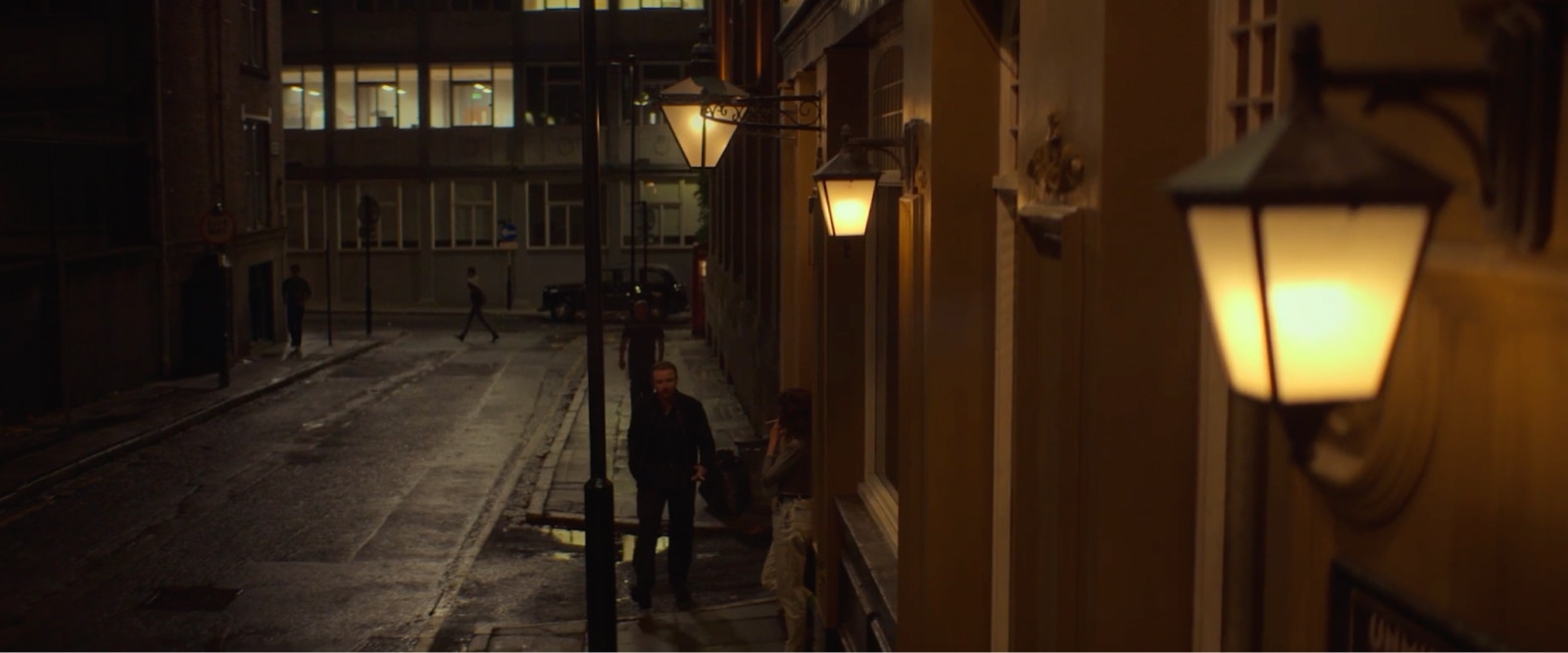
Bebe used lots of color in the night scenes. In contrast, the colors in the day scenes were more muted; the sun isn’t seen until the story moves to Spain and all the UK daytime shots are overcast, dreary, and boring looking. Bebe chose to do this to emphasize the sense that the characters’ nighttime life of crime is attractive and glamourous, the romance exciting. The VENICE camera has two base ISOs, 500 ISO and 2500 ISO. Bebe used the upper base ISO of 2500 for the night scenes.
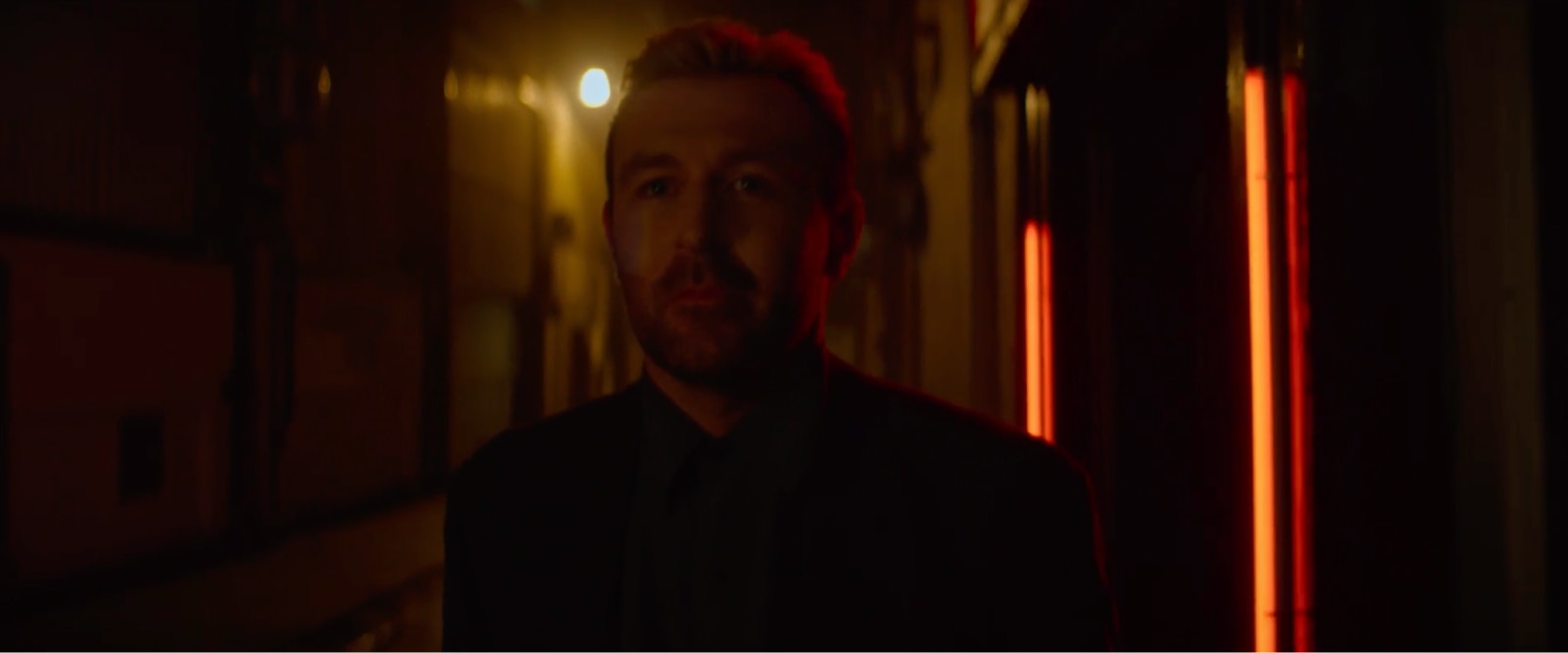
Throughout the series, Bebe took advantage of the VENICE camera’s increased sensitivity to light using only practical lights or the natural light coming through a window. This gave her great flexibility to move the camera around and follow the action without worrying about lighting fixtures coming into the shots. It allowed her to use softer, more natural-looking lighting.
I’ve worked with the camera a couple of times. I really love the camera. It’s great, the 2500 ISO. Everybody knows this is a game changer. It’s incredibly helpful.
Birgit “Bebe” Dierken




